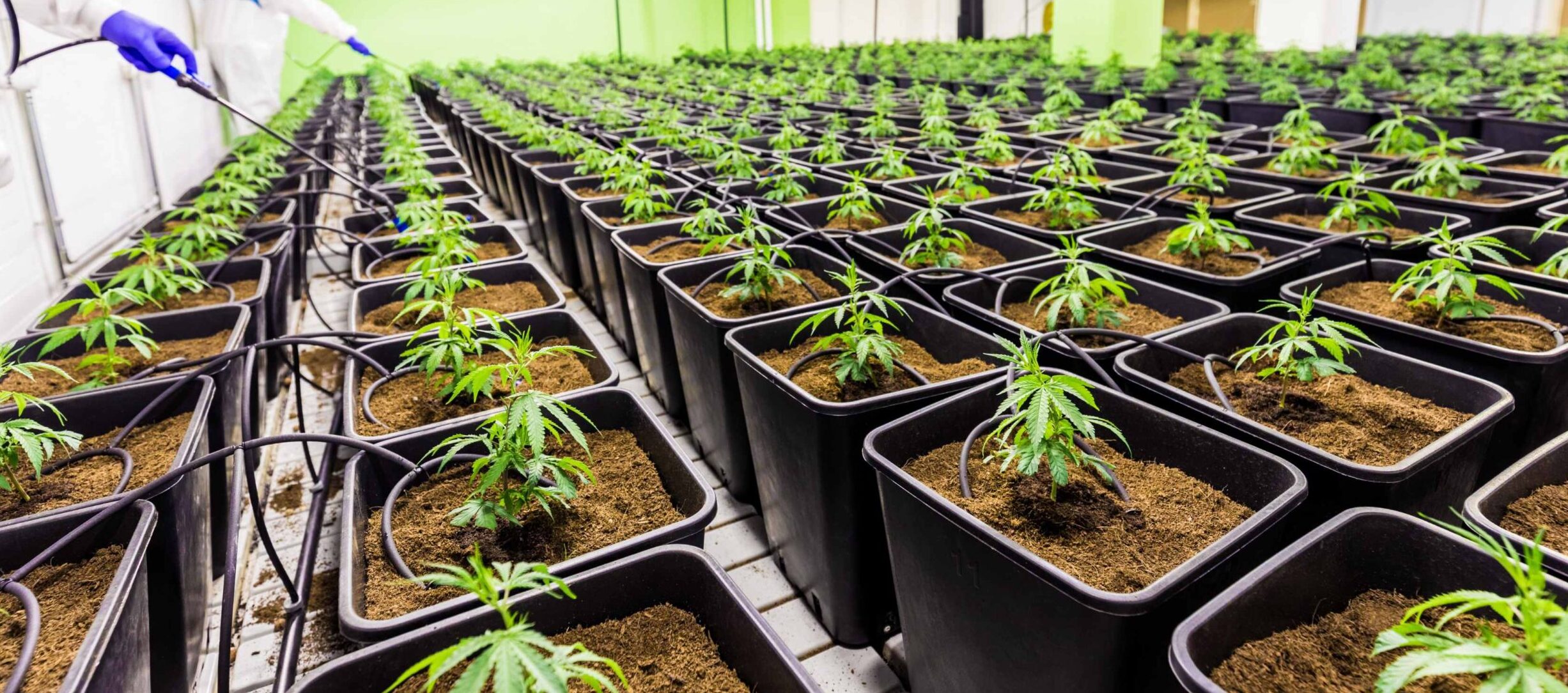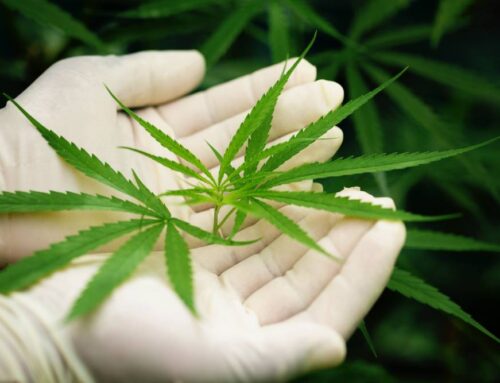What Is Homegrown Medical Marijuana?
People who qualify for medical marijuana usually choose between two paths: they either grow the plant on their windowsill or swing by a state-licensed shop. Growing weed at home means the patient handles the seeds, soil, and lights, often because a personal supply feels more comforting. Store-bought flower, on the other hand, comes from farms that specialize in cannabis; those buds are tested in labs and packaged with clear THC levels and strain names.
The choice is not just about where medical marijuana comes from; it sparks ongoing chatter about quality, price, hassle factor, and the fine print of local laws. Homegrown medical marijuana may cost less in the long run. Yet, it demands time and a little trial and error. This guide lays out the highs and lows of each option so you can pick the one that fits your schedule and health goals.
Quality and Control: Who Grows It Better?
Growing cannabis at home gives you the kind of freedom a store can’t match. You pick the exact strain that feels right, steer every scoop of soil and every drop of the nutrient mix, and steer clear of the harsh chemicals found in some commercial sprays. That hands-on approach really matters for medical users chasing a very particular cannabinoid fingerprint.
Every jar that rolls out of a legal dispensary carries its badge of professional trust. Farm crews tend those plants inside climate-controlled bays, and scientists later zap samples to hunt for mold, heavy metals, and mystery pesticides. For folks who depend on cannabis for steady relief, that lab report becomes the backbone of their routine. The hitch, of course, is that quality can still do a wild jump from the local dispensary to the next. Unlike Homegrowers, patients give up control over almost every step of the process.
Cost Considerations: Is Homegrown More Cost Effective?
Homegrown medical cannabis seems budget-friendly when you break it down to cost per gram, yet the whole picture is less straightforward. Lights, fans, soil, pots, and nutrients can quickly swell that initial number. For hobby growers who harvest a decent yield, those out-of-pocket expenses fade over time. Regular consumers often find that a steady home supply beats any price calculator. In contrast, store-bought bud carries taxes, fancy labeling, and storefront overhead. Those costs nudge most retail prices above what a garage gardener spends. Medical cardholders sometimes snag discounts, but the upfront sticker shock is hard to ignore. Convenience still wins when patients want a quick, one-stop run for tinctures, edibles, or high-CBD flowers.
Is It Legal to Grow Medical Marijuana in Mississippi?
As of now, Mississippis medical marijuana rules do not permit home growing, even for patients who carry a state-issued card. Registered users can buy their medicine only from the handful of licensed dispensaries scattered across the state. Anyone caught trying to raise their plants, card or not, could run into serious legal trouble. The program is built on strict controls, meaning every bud must be traced back to a certified grower and move through approved sales channels. Laws can shift quickly, so patients should double-check the latest updates before making any plans.
Do I Need a Medical Marijuana Card for Homegrown Cannabis?
In the states that allow home cultivation, a medical marijuana card is usually the first document you will be asked for. The card proves that a doctor has diagnosed a qualifying condition and believes cannabis is a proper treatment. Without it, even a single seed can lead to problems with law enforcement. When possession limits and planting allowances are spelled out, the card acts as your official shield, so carrying it is always smart.
Home Grow Laws for Medical Marijuana Patients
Most states that issue medical marijuana cards let patients grow a few plants in their Home or spare room. The count usually lands between four and twelve plants. Caregivers may get a bump in that allowance, but the exact number depends on local regulations. In some places, you even need a separate home cultivation license on top of your medical card.
Trying to grow without a valid card puts you on shaky legal ground. Fines or worse can follow if law enforcement catches you with cannabis plants and no paperwork. Because of that, a quick check of your city and state laws is step number one before you dig a hole or buy a seed.
Different States, Different Rules
U.S. cannabis law varies so widely that what is okay in one state can land you in jail a few miles away. Some places welcome home growers with open arms, while others keep all cultivation strictly off-limits.
Knowing your state’s rules can mean the difference between a healthy garden and a costly mistake. Read the statute, talk to a local lawyer, or even call the state marijuana board. Accurate information is far cheaper than a ticket or court date.
Snapshot of States that Allow Home Growing
A handful of states have settled on clear, patient-friendly grow limits. Take California, for example; cardholders can tend six mature plants or twelve young ones without breaking the law.
Other markets follow similar patterns, although the numbers and language in the statutes change from border to border. Colorado issues an identical six-plant cap for most patients. In contrast, Oregon lets them lean a bit larger with four to six adult plants, depending on expiry dates.
Home Grows by State
Colorado: A medical user can keep six plants alive in the basement or garden. Of those, only three can be in the flowering stage at once.
Oregon: The rules are breezy; registered patients can tend to six plants without fuss.
Michigan: A cardholder is allowed a dozen plants as long as they stay in a locked or enclosed space. The patient must be able to prove they are secure.
Almost every state with home-grow laws demands that cannabis is out of public sight. Some will let a designated caregiver manage the plants for a patient who can’t do it themselves.
States Where Growing Is Off-Limits
In places like Mississippi, Texas, and Georgia, even a medical marijuana card won’t clear the way for Homegrown cannabis plants. All products must be bought from state-licensed dispensaries, and attempting to cultivate at home could land a person in court.
A Few Quick Tips
Plant Caps: Most permissive states set a strict head count. Break that number, and the grower will technically break the law.
Distinction by Purpose: Some laws divide recreational users from medical patients. Only the latter can sometimes grow at home.
Extra Paperwork: A handful of jurisdictions require a separate cultivation permit, meaning two cards instead of one. Forget the second application and the whole garden is illegal.
Housing Rules
Renters, beware: even if state law gives cannabis a green light, your lease may still read no growing, no exceptions. Many landlords keep that power tucked into the fine print.
Before you poke seeds into the soil, a quick call or email to your state’s health department or cannabis regulation board can save you headaches later. Those agencies know the quirks and limits that turn general legality into personal permission.
Conclusion
Choosing homegrown weed over dispensary bought, or the other way around, comes down to what you value in a drag. Bending light across your plants can shave dollars off the final jar price, give you a total say over every nutrient, and make you feel downright heroic at harvest time.
This potential benefit comes with a disadvantage. Home growers spend weekend hours learning, pay up-front for lamps and fans, and then pray their cannabis doesn’t mold. A Local dispensary, in contrast, hands you tested, labeled flowers or oil before your phone alarms twice.
Yes, the per-gram sticker can sting, yet the speed, selection, and peace of mind beat waiting months for a rookie garden to finish.
In the end, picking the correct route really comes down to how much cash you can spare, how quickly you want relief, and whether you like letting pros handle things, or you prefer to get your hands dirty. Do a quick scan of your state’s rules and make sure your medical marijuana card is up to date before growing cannabis at home.




